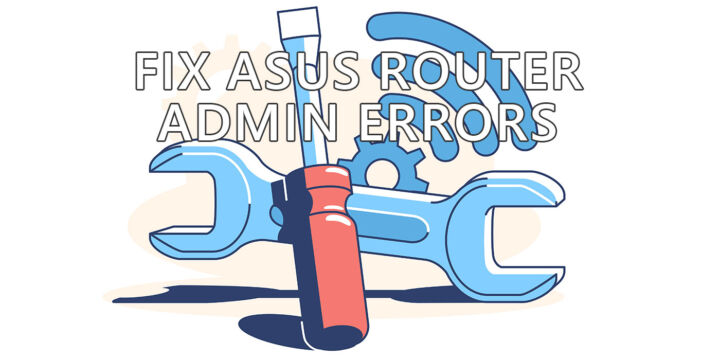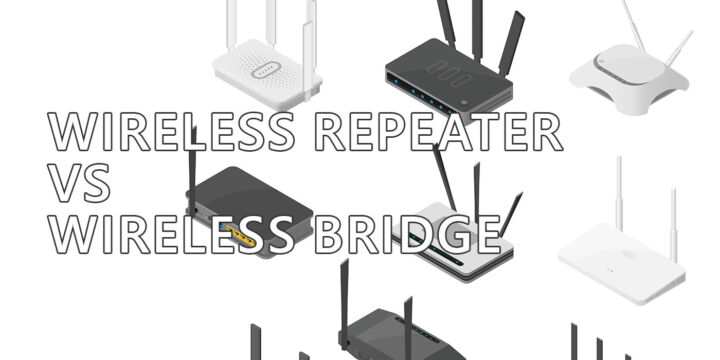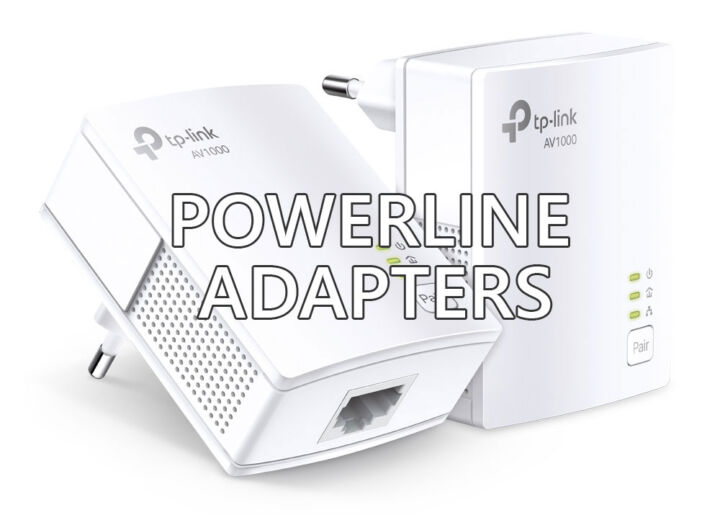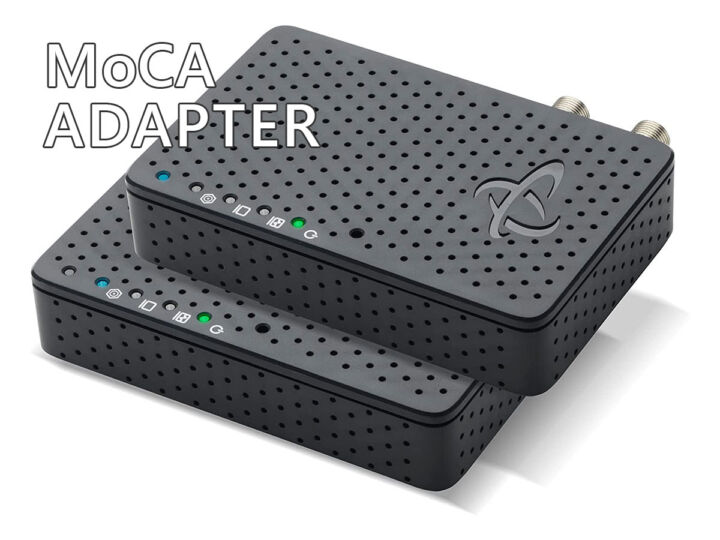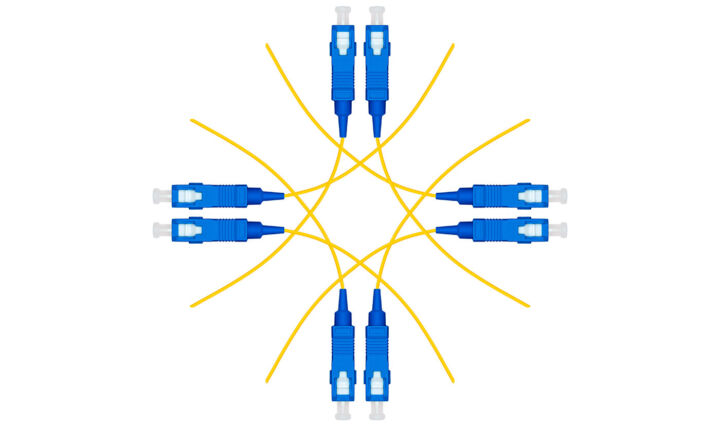- Want to know what half duplex and full duplex communications mean in practical terms?
- These two terms may sound complicated, but in practice, it’s nothing too complex to explain in a few sentences.
- Learn about the advantages and disadvantages of both types of duplex communication.
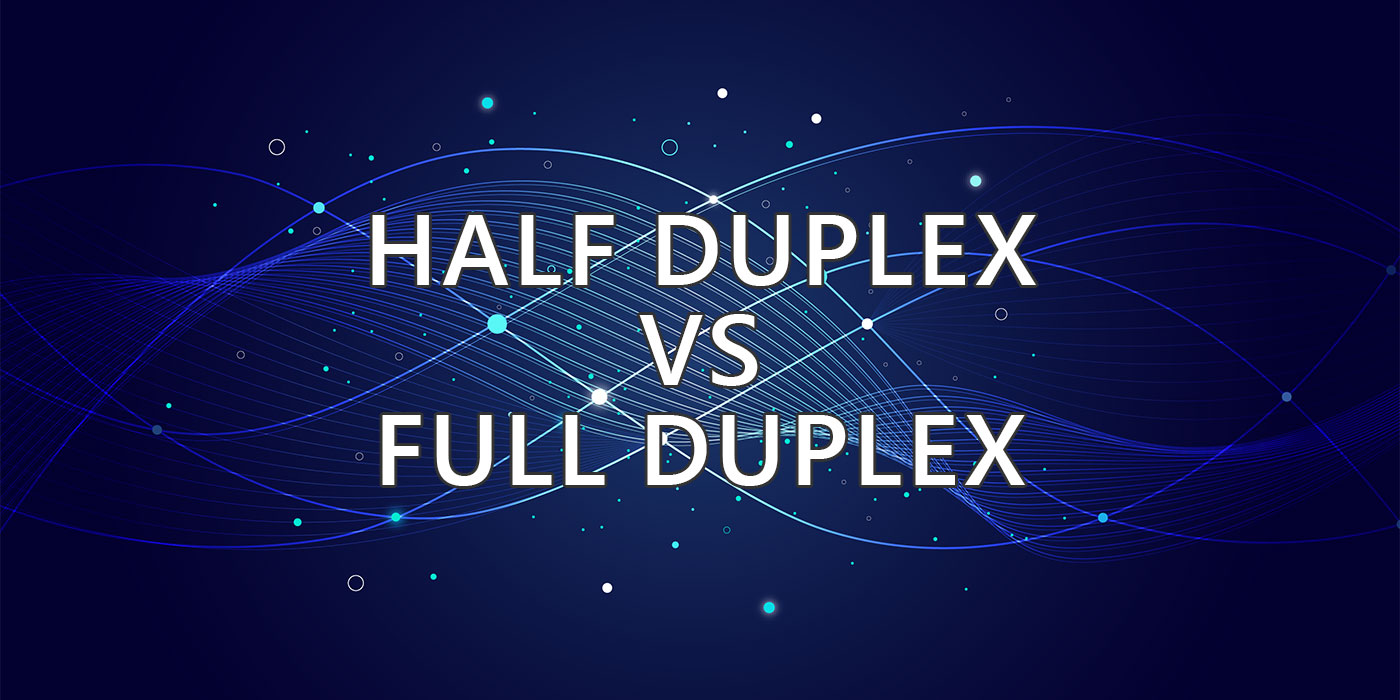
As a computer enthusiast, I have come across the terms full duplex and half duplex many times in my career. These terms refer to the way data is transmitted over a network.
Networking is boring and complicated, most of the time. Not in this case, though. I’m talking about the complicated part, not the boring part.
CONTENTS
Duplex Communication: What It Means
Basically, full duplex and half duplex are two different modes of communication that determine how data is sent and received between two devices.
In duplex communication, any device can be a receiver or a sender. This is in contrast with simplex communication, where a device can only be a receiver or a sender, and the flow of data is unidirectional.
In a duplex system, data can flow in both directions.
What is Half Duplex Communication?
In a system capable of half duplex communication, data can only be sent in one direction at a time. This means that while one device is sending data, the other device must wait to receive it before it can send its own data.
Half-duplex communication is commonly used in situations where there is a need for two-way communication, but not at the same time. Or it’s used when you can’t justify the added expense to upgrade to a full-duplex system.
For example, walkie-talkies use half duplex communication. When one person is speaking, the other person cannot talk at the same time. They must wait for the first person to finish before they can respond.
It’s the civilized way to communicate between human beings, but in the networking environment, it’s not necessarily ideal.
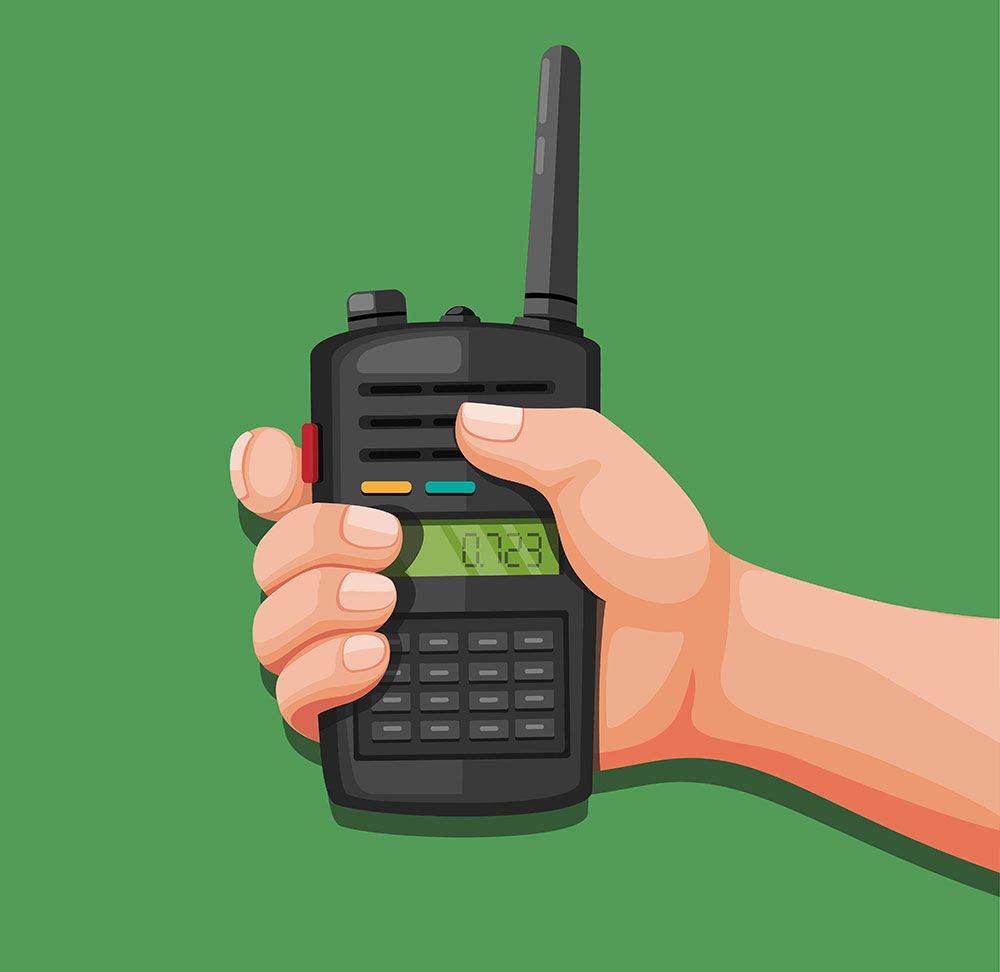
What is Full Duplex Communication?
In a system capable of full duplex communication, data can be sent and received simultaneously. This means that both devices can send and receive data at the same time, which allows for faster and more efficient communication.
Full duplex communication is commonly used in situations where there is a need for real-time communication and waiting for the other device or person to finish is not an option.
For example, remote work calls use full duplex communication. All parties can speak and listen at the same time, which allows for a more natural and efficient conversation.
What happens when everyone talks at the same time? That’s for the moderator to figure out I guess.
Advantages of Full Duplex Communication
As you can imagine, the biggest advantage of full-duplex is the ability to send and receive data simultaneously. This means that there is no need to wait for one party to finish transmitting before the other party can begin transmitting.
As a result, full duplex communication is much faster and more efficient than half duplex communication.
Note: Full duplex doesn’t mean both devices have to transmit data at the same time. It is possible, but not mandatory. You can say full duplex is also half duplex backward compatible.
Another indirect advantage of full duplex communication is that it allows for more complex communication protocols. With half duplex communication, there is a risk of data collisions if two parties try to transmit at the same time.
This can cause data to be lost or corrupted. Usually, measures are in place to prevent half-duplex devices from even trying this.
With full duplex communication, this risk is greatly reduced, which allows for more robust communication protocols to be used. Also, the ability to send and receive data at the same time is required by any form of real-time communication, as I mentioned.
Advantages of Half Duplex Communication
As weird as it sounds, there are some advantages when using a basic half duplex communication protocol. Yes, full duplex communication is often preferred, but there are scenarios where half duplex communication may be more appropriate.
Half duplex is simpler and less expensive to implement than full duplex communication. Half duplex only requires one communication channel, whereas full duplex communication requires two separate channels. This can be particularly important in situations where cost is a major consideration, above all else.
Another advantage of half duplex communication is that it can be more efficient in certain situations. For example, if most of the communication is one-way, such as in streaming video or audio, half duplex communication can be used to optimize the flow of data without increasing network complexity.
Key Differences between Full-Duplex and Half-Duplex Communication
I coved the technical differences between half and full duplex, so let’s see the real-world impact they have because these pros and cons will ultimately decide what kind of transmission protocol will be used in our devices.
Transmission Speed
In terms of transmission speed, full duplex communication is almost always faster than half duplex communication. In contrast, half duplex communication only allows for one-way communication at a time, which can slow down the transmission speed (throughput) in half, compared to a full speed half duplex connection.
Cost and Complexity
When it comes to cost, full duplex communication is generally more expensive than half duplex communication. This is because full duplex communication requires more hardware and software to enable simultaneous two-way communication. This was to be expected.
I think I’m going to stop now. There’s a lot more that can be said about full duplex and half duplex, but for the average person I believe I covered the key takeaways.
If you’re keen to find out more you can start with this Wikipedia page.

